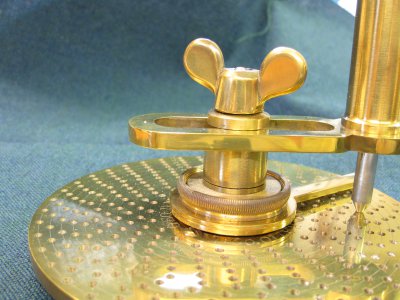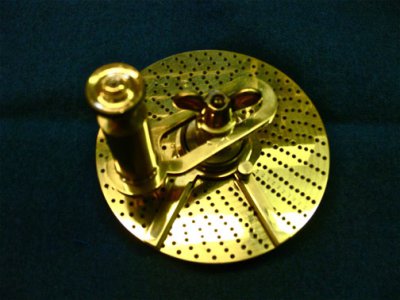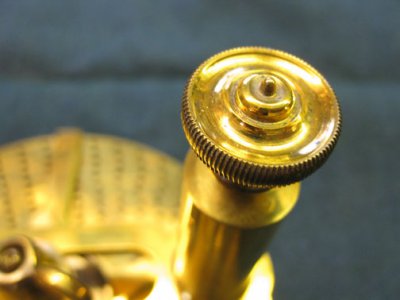- Joined
- Jul 26, 2011
- Messages
- 4,142
Historically,the lathe has always been considered the most versatile machine. Like I said,early machine shops were built around the lathe and its attachments. This is an undeniably true statement. I am a retired professional with 50 years experience.
I love my milling machines,but try cutting threads on one. Watch and clock makers use a lathe not only for gear cutting,but also for making super accurate plates to mount them between. They do everything with well equipped lathes. The early pre industrial revolutionary thrusts,like Maudslay made,were directed towards making accurate screw cutting lathes. Mills,as we know them, came afterward.
If he wants to make small projects like telegraph keys,a lathe is the machine to get.
The lathe has been said to be the only machine that can duplicate itself,with castings to start on. It would take creative machining and a good,heavy lathe.
I even milled steel about 8" long on my 12" Sears Atlas milling attachment. And that is a very light lathe. It took time,but was doable for a hobby shop where time is not of the essence. Since milling work with the milling attachment is done very near the spindle,it helps the rigidity factor.
Do not consider the 109. It is not what you want.
The brass index plate below was made entirely on my 12" Sears lathe with milling attachment. I made the knurls,too. If I can make this on a lathe,with the sector arms and other non round parts,you can make excellent small brass projects,too.



I love my milling machines,but try cutting threads on one. Watch and clock makers use a lathe not only for gear cutting,but also for making super accurate plates to mount them between. They do everything with well equipped lathes. The early pre industrial revolutionary thrusts,like Maudslay made,were directed towards making accurate screw cutting lathes. Mills,as we know them, came afterward.
If he wants to make small projects like telegraph keys,a lathe is the machine to get.
The lathe has been said to be the only machine that can duplicate itself,with castings to start on. It would take creative machining and a good,heavy lathe.
I even milled steel about 8" long on my 12" Sears Atlas milling attachment. And that is a very light lathe. It took time,but was doable for a hobby shop where time is not of the essence. Since milling work with the milling attachment is done very near the spindle,it helps the rigidity factor.
Do not consider the 109. It is not what you want.
The brass index plate below was made entirely on my 12" Sears lathe with milling attachment. I made the knurls,too. If I can make this on a lathe,with the sector arms and other non round parts,you can make excellent small brass projects,too.



Last edited:

